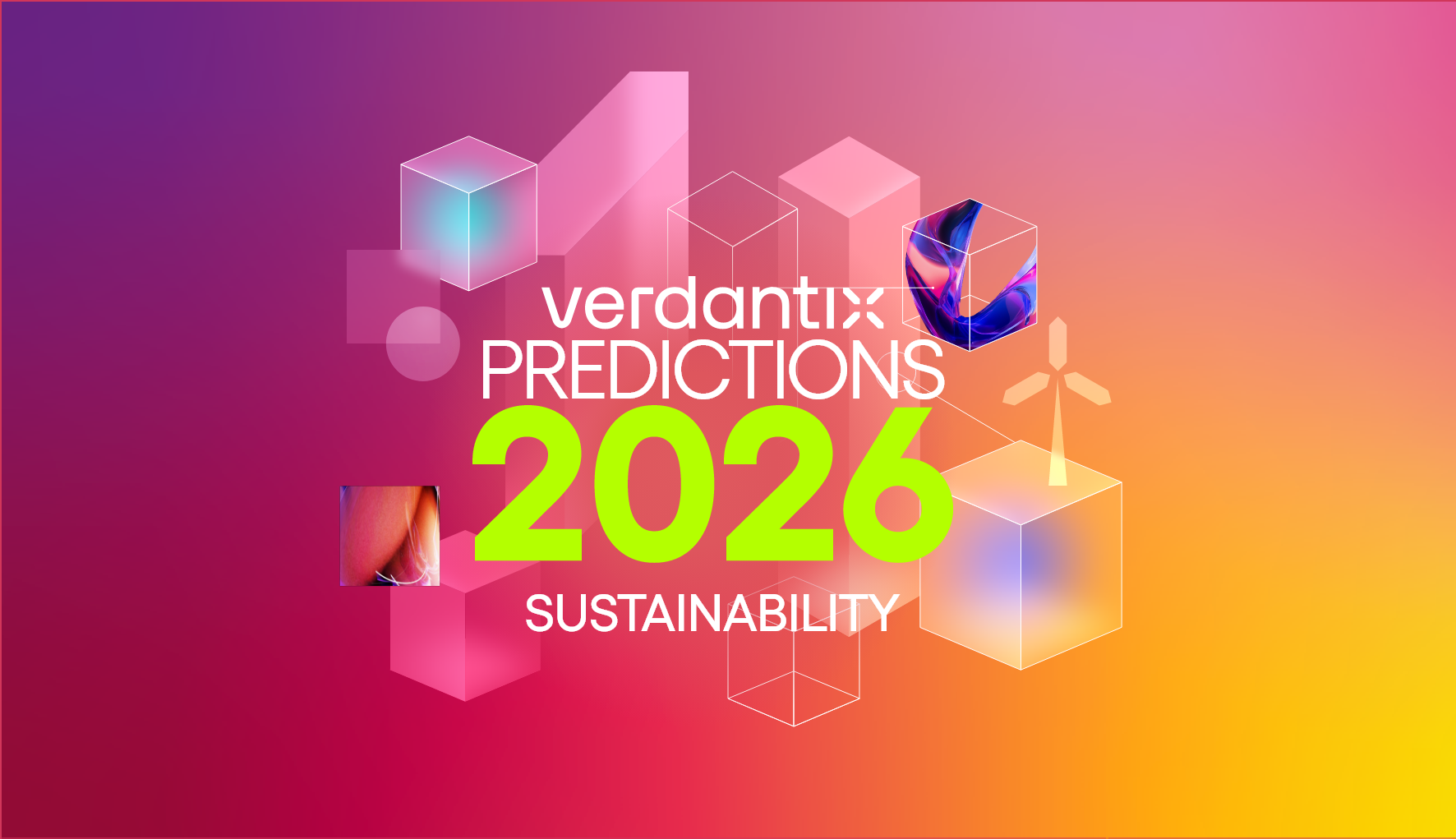SBTi’s New Net-Zero Standard: The Climate Change Publicity Game Gets Harder, More Expensive And More Risky
Today the Science Based Targets Initiative (SBTi) announced a new set of guidance and tools to help firms set science-based net-zero targets. The “requirements” of the net-zero standard are for firms to: reduce CO2 emissions by 90-95% across Scopes 1, 2 and 3 by 2050 at the latest consistent with a 1.5°C climate scenario; set a near-term emissions reduction goal no later than 10 years from the baseline year; and neutralize residual emissions by 2050 or earlier through atmospheric CO2 removal.
Given the new SBTi Net-Zero standard is a response to concerns about net zero pledges turning into a wave of corporate greenwash, the SBTi has tightened its existing system to validate science-based target setting and goals. So far seven firms – including AstraZeneca, Holcim, JLL, Ørsted and Wipro – have completed the updated process. The new SBTi standard is applicable to firms with 500 or more employees but is not open to any firm that generates revenue from the fossil fuel sector. A separate framework will be developed in 2022 for financial institutions.
In practical terms the new Net-Zero standard from the SBTi still relies on the carbon accounting methods of the GHG Protocol Corporate Standard developed by the WBCSD and WRI. The main change for firms seeking to earn validation from the SBTi is the need to set a near-term goal consistent with a 1.5°C reduction pathway which is no more than 10 years from their baseline – making 2030 the de facto latest date. To earn validation from the SBTi for their net zero strategy, firms need to sign the commitment letter, pay $9,500 and within 24 months submit all required information to have their science-based targets approved by the SBTi validation team.
What is the main take-away for sustainability leaders? The introduction of a mandatory near-term goal severely limits the ability of firms to sign up to the SBTi without a decarbonization plan. The SBTi doesn’t need to see this plan. They only review and approve the reduction targets. But the near-term targets combined with the SBTi’s focus on an annual linear reduction rate mean that decarbonization can’t be pushed into the next CEO’s tenure. That said, as soon as firms sign up they will be recognized as being “committed” on the SBTi website and will feature in the Business Ambition 1.5°C and Race to Zero advertising campaigns.
Playing the climate change publicity game is getting harder, more expensive and more risky. Why harder? In several jurisdictions, from 2023 GHG emissions disclosures will become part of a firm’s financial reporting. So the SBTi targets and annual disclosures will need to draw on exactly the same GHG emissions data as the regulated disclosures. Sustainability teams need to work hand in glove with finance. Also, for SBTi approval, Scope 3 emissions need to be included if they account for more than 40% of total emissions. Why more expensive? Near-term targets aligned with a 1.5°C vision will require investment in decarbonization projects now. The impact of M&A on baselines needs to be flagged to the SBTi and targets re-validated. Neither Renewable Energy Certificates nor voluntary carbon credits may be used to achieve near-term or long-term goals. More risky? Within two years firms in many developed economies will need to publish annual and quarterly GHG emissions data in financial reports. And investors expect to see climate change strategies aligned with government policy. This severely limits the scope for firms to publicize select information about climate change projects and performance without delivering on absolute emissions reductions.
About The Author

David Metcalfe
CEO and Co-Founder





